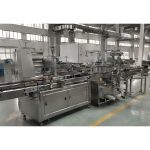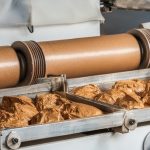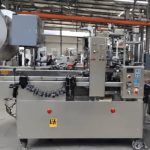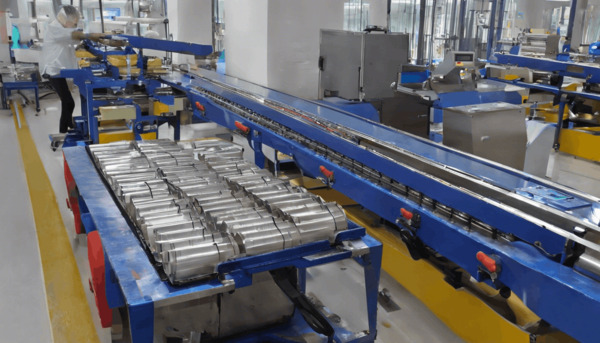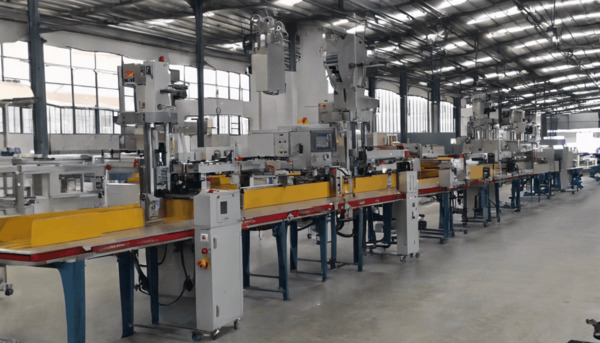
Overview of Sugar Packing Process
The sugar packing process is a critical step in the sugar production industry, involving the preparation and packaging of sugar for distribution and sale. This process ensures that sugar is packed in a manner that maintains its quality, safety, and shelf life while meeting regulatory standards and consumer expectations. The process can vary depending on the type of sugar being packed (e.g., granulated, powdered, brown) and the packaging format (e.g., bags, boxes, sachets). Below, we will explore the various stages and considerations involved in the sugar packing process.
Stages of Sugar Packing Process
1. Quality Control and Preparation
Before sugar is packed, it undergoes rigorous quality control checks to ensure it meets the required standards. This includes testing for purity, moisture content, and granule size. Any impurities or deviations from the standard are addressed before the sugar proceeds to the packing stage. Additionally, the sugar may be conditioned to achieve the desired moisture content and granule consistency.
2. Bulk Handling and Storage
Once the sugar passes quality control, it is stored in bulk silos or bins. These storage units are designed to protect the sugar from contamination and environmental factors such as humidity. The sugar is kept in these storage units until it is ready to be packed. Proper storage is crucial to prevent caking or degradation of the sugar.
3. Conveying and Feeding
The sugar is then conveyed from the storage units to the packing area using conveyor belts or pneumatic systems. This stage involves the careful handling of sugar to minimize spillage and maintain hygiene. The sugar is fed into the packing machines, where it is measured and prepared for packaging.
4. Packaging Machine Setup
The packaging machines are set up according to the type of packaging required. This includes adjusting the machine settings for different packaging formats such as bags, sachets, or boxes. The machines are equipped with filling systems that accurately measure and dispense the correct amount of sugar into each package.
5. Filling and Sealing
During the filling stage, the sugar is dispensed into the packaging material. This is a critical step that requires precision to ensure that each package contains the correct amount of sugar. After filling, the packages are sealed to protect the sugar from contamination and moisture. The sealing method can vary depending on the packaging material, with options including heat sealing, adhesive sealing, or crimping.
6. Labeling and Coding
Once the packages are sealed, they are labeled with important information such as the product name, weight, nutritional information, and expiration date. This stage may also involve the application of batch codes or barcodes for tracking and inventory purposes. Labeling is crucial for compliance with regulatory standards and for providing consumers with necessary product information.
7. Quality Inspection
After packaging, the sugar undergoes a final quality inspection to ensure that all packages are properly sealed, labeled, and free from defects. This step is essential to maintain product quality and consumer trust. Any packages that do not meet the quality standards are removed from the production line.
8. Palletizing and Storage
The final step in the sugar packing process is palletizing, where the packaged sugar is stacked on pallets for storage and transportation. This step involves arranging the packages in a stable configuration to prevent damage during handling and shipping. The pallets are then stored in a warehouse until they are ready to be distributed to retailers or directly to consumers.
Considerations and Challenges in Sugar Packing
The sugar packing process involves several considerations and challenges that must be addressed to ensure efficiency and quality. These include:
Maintaining Hygiene and Safety
Hygiene and safety are paramount in the sugar packing process. The packing facility must adhere to strict cleanliness standards to prevent contamination. This includes regular cleaning of equipment and surfaces, as well as implementing measures to control pests and dust.
Ensuring Accurate Measurements
Accurate measurement of sugar during the filling stage is crucial to ensure that consumers receive the correct amount of product. This requires precise calibration of the packing machines and regular checks to prevent discrepancies.
Adapting to Packaging Trends
The sugar industry must adapt to changing packaging trends and consumer preferences. This includes the use of sustainable packaging materials and innovative designs that enhance product appeal and convenience.
Compliance with Regulations
Compliance with food safety and labeling regulations is essential in the sugar packing process. This involves staying updated with regulatory changes and ensuring that all packaging and labeling practices meet the required standards.
Conclusion
The sugar packing process is a complex and vital component of the sugar industry, requiring meticulous attention to detail and adherence to quality standards. From quality control and storage to packaging and labeling, each stage plays a crucial role in delivering a safe and high-quality product to consumers. By understanding and addressing the challenges involved, sugar producers can ensure efficient operations and meet the demands of the market.
